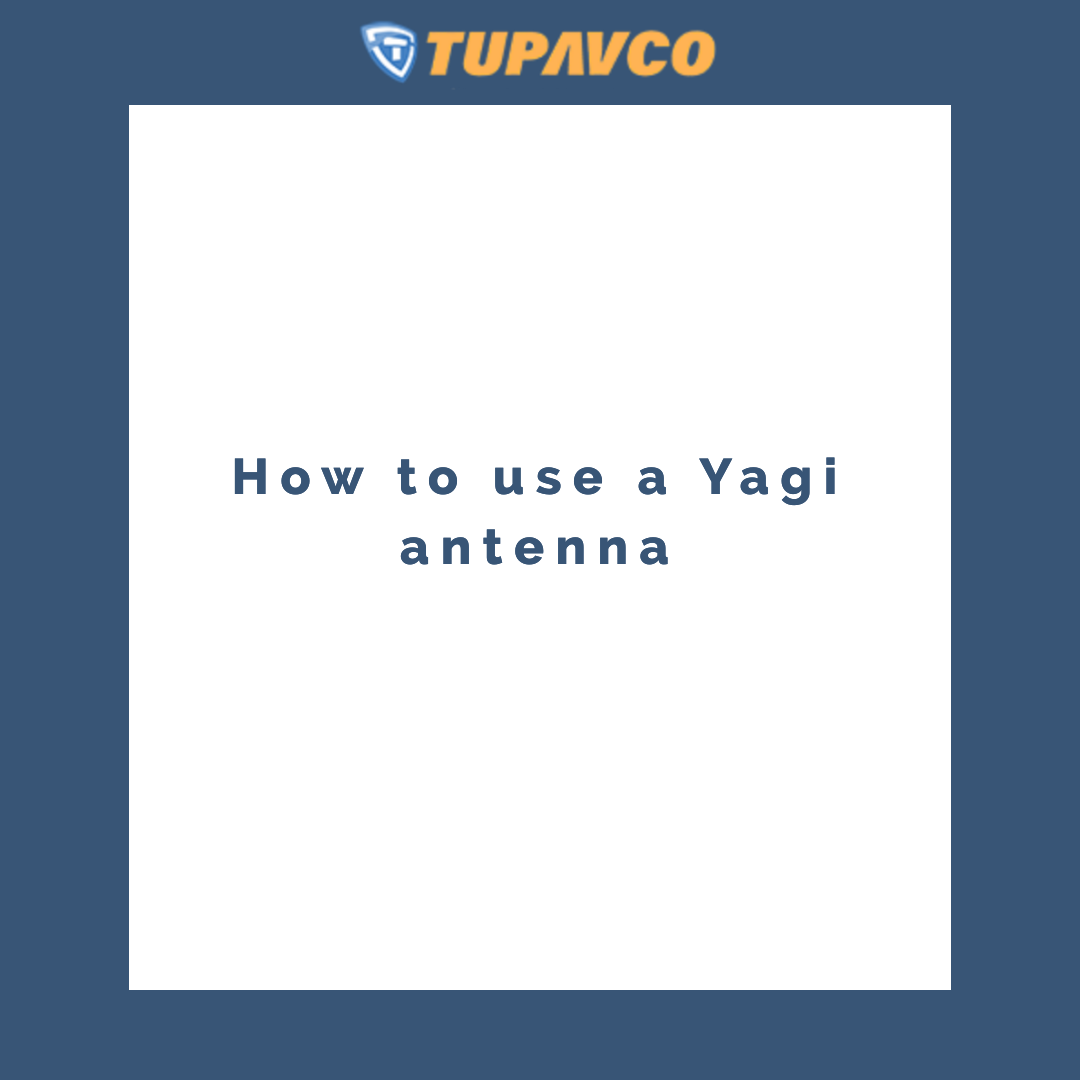
How to use a Yagi antenna
A Yagi antenna is a high-gain directional form of signal-boosting antenna that can offer higher gain compared to omnidirectional antennas when used correctly.
If you choose to use a Yagi antenna, such as those wireless antennas featured, it will work best if it is pointing at the tower where you want to get your signal from but it can also fork in order to send a signal. In order to give it the best opportunity to do this, you need to make sure that you position it in the right place on your building.
Once you have done this, your Yagi antenna can become a valuable asset for boosting your phone and WiFi signal. In past times, the most common use of a Yagi antenna was to improve reception for televisions. Today, there are even more uses as Yagi antennas are often used to enhance and increase WiFi coverage and cell phone signals, especially in more remote areas where quality telecommunications can be difficult to achieve.
Locating your Yagi antenna
One of the key parts of achieving the best positioning is measuring cellular signals in the areas around your building. This will help you to pinpoint your best possible signal strength and your closest cellular tower. Your phone may have a reliable 'test mode', which can help you to work out signal strengths in different places.
Once you know where in your building offers the best signal straight, it is time to position your Yogi in the best spot to get unobstructed access to the strongest possible signal.
Tuning your Yagi antenna
Start by pointing your antenna's main centre beam towards your chosen tower. The radials should be pointing in upwards and downwards positions. Then, have your phone in 'test mode' and connect your antenna.
Move your antenna to the left and to the right, shifting it in increments of ten degrees until you see the strongest possible signal strength on your phone. Make sure you don't hold onto the antenna while you are panning, as this may end up with you getting an inaccurate reading. Once you have established where you can get your best signal, lock your antenna in the appropriate position.
You don't need to ground your antenna, but it is recommended that you have an ethernet surge protector. If you don't have this, then your equipment could be damaged by an electrical surge. Read more about surge protectors here.
Limitations of using a Yagi antenna
Yagi antennas have many benefits, but they may not perform well if moved about. This means they are not the best choice for use in vehicles such as cars or boats. This is because constant directional changes affect their use. They are much better used in commercial and home installations, where they can allow for more reach and gain.
For more information and a range of Yagi WiFi antennas, browse the Tupavco site today.
 FREE Shipping to Continental USA
FREE Shipping to Continental USA 




